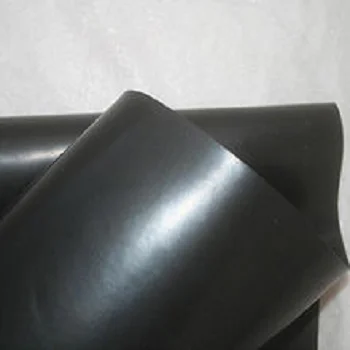When it comes to removing stubborn adhesives, WD-40 is often hailed as a miracle solution. This versatile product, primarily known for its lubricating properties, also excels in breaking down sticky residues left by tape, labels, and other adhesives. However, one common question arises: How long should you leave WD-40 on adhesive for the best results? In this comprehensive guide, we will explore the science behind WD-40, the optimal application time, and best practices for adhesive removal.
Understanding WD-40: The Science Behind the Solution
WD-40 is a multi-use product composed of a blend of hydrocarbons, including mineral spirits and various oils. Its primary function is to displace moisture, prevent rust, and lubricate moving parts. However, its ability to penetrate and dissolve adhesives makes it a popular choice for DIY enthusiasts and professionals alike.
The effectiveness of WD-40 in adhesive removal is attributed to its solvent properties. When applied to adhesive residues, WD-40 works by breaking down the chemical bonds that hold the adhesive together. This process is facilitated by the product's ability to penetrate the adhesive layer, making it easier to scrape or wipe away.
How Long to Leave WD-40 on Adhesive: A Detailed Approach
The duration for which you should leave WD-40 on adhesive can vary based on several factors, including the type of adhesive, the surface material, and environmental conditions. Here’s a breakdown of recommended times based on different scenarios:
- Light Adhesives (e.g., tape residue):
- Recommended Time: 5-10 minutes
- Application: Spray a generous amount of WD-40 directly onto the adhesive. Allow it to sit for about 5-10 minutes. This duration is typically sufficient for light adhesives, as they tend to dissolve quickly.
- Moderate Adhesives (e.g., labels, stickers):
- Recommended Time: 10-15 minutes
- Application: For more stubborn residues, apply WD-40 and let it penetrate for 10-15 minutes. This extended time allows the solvent to break down the adhesive more effectively.
- Heavy-Duty Adhesives (e.g., construction adhesives, epoxy):
- Recommended Time: 15-30 minutes
- Application: For industrial-strength adhesives, a longer application time is necessary. Spray WD-40 generously and allow it to sit for 15-30 minutes. In some cases, you may need to repeat the process for complete removal.
Best Practices for Using WD-40 on Adhesives
To maximize the effectiveness of WD-40 in adhesive removal, consider the following best practices:
- Test on a Small Area: Before applying WD-40 to a large surface, test it on a small, inconspicuous area to ensure it does not damage the underlying material.
- Use Proper Ventilation: WD-40 has a strong odor and can release fumes. Ensure you are working in a well-ventilated area to avoid inhalation of harmful vapors.
- Scrape Gently: After allowing WD-40 to sit, use a plastic scraper or cloth to gently remove the adhesive. Avoid using metal tools that could scratch or damage the surface.
- Clean Residue: After the adhesive is removed, clean the area with soap and water to remove any remaining WD-40 residue. This step is crucial, especially if the surface will come into contact with food or other sensitive items.
Conclusion: Timing is Key
In conclusion, the effectiveness of WD-40 in removing adhesives largely depends on the duration of application. By understanding the type of adhesive you are dealing with and following the recommended times, you can achieve optimal results. Remember to adhere to best practices to ensure safety and protect the surfaces you are working on. With the right approach, WD-40 can be an invaluable tool in your adhesive removal arsenal, saving you time and effort in your DIY projects.



